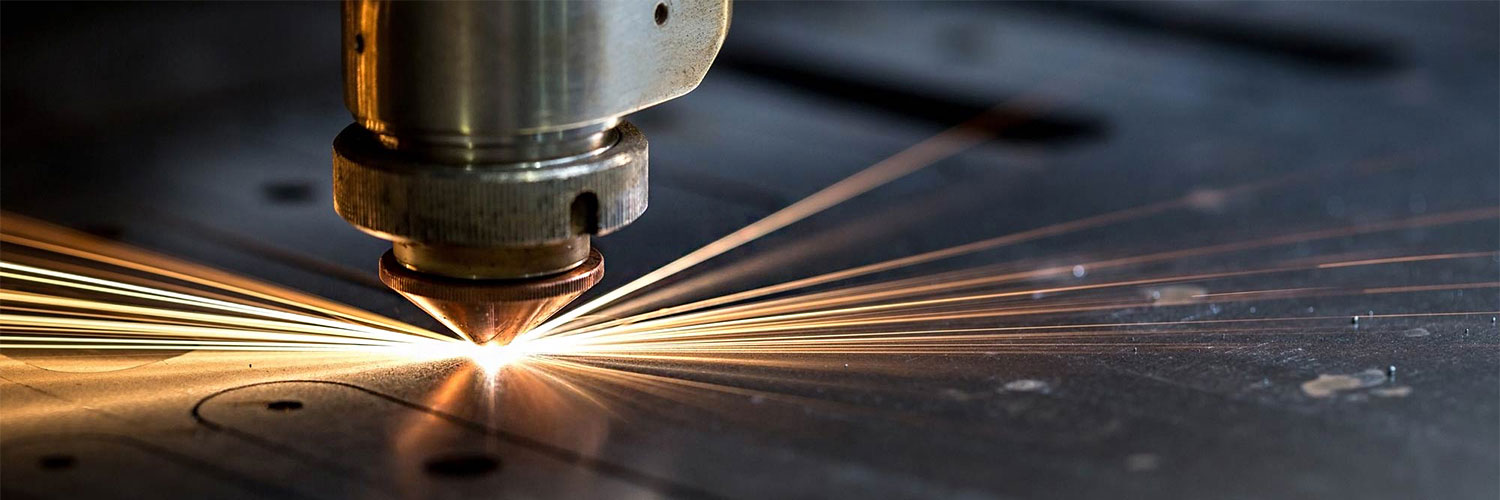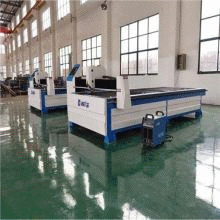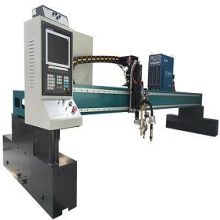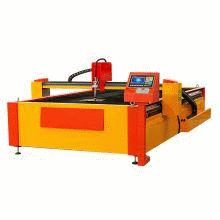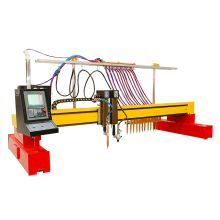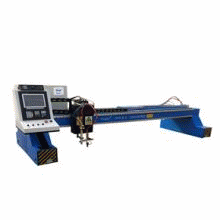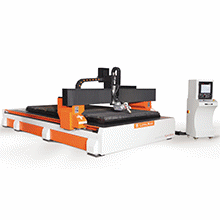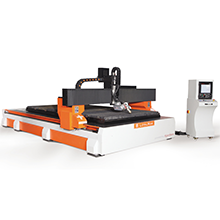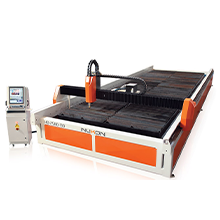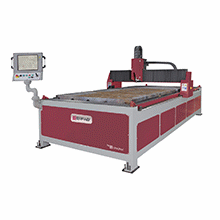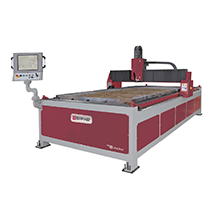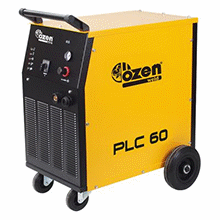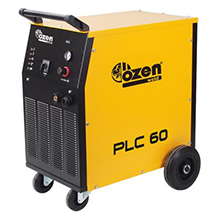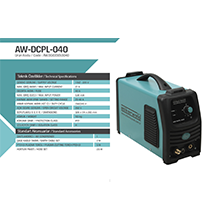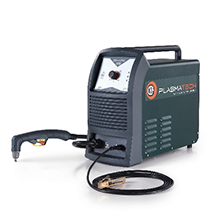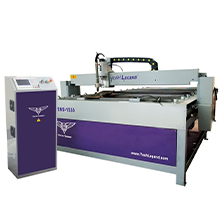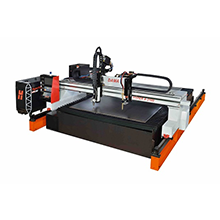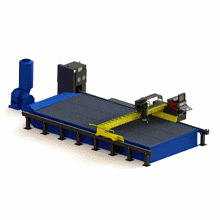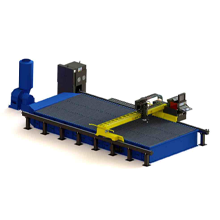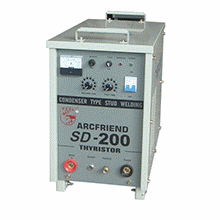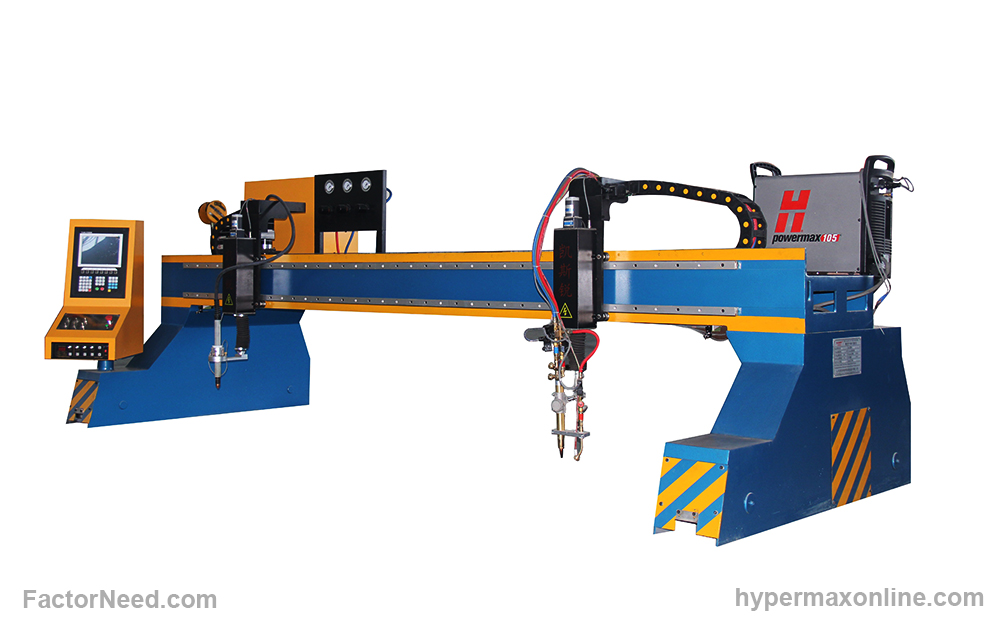Plasma Cutting Machine
You are here : Homepage Cutting Machines PlasmaFollowing Companies Manufacturing Cutting Machines Machine (40 Companies)
plasma cutting machines
Before we talk about these types of cutting machines, it's best to explain what plasma is all about. As we know, materials are divided into four categories, which are solid, liquid, gas and plasma. If we heat the solid enough, that solid turns into a liquid, and if we heat the liquid enough, it turns into a gas, and finally, if we heat the gas enough, it turns into a plasma.

To do plasma cutting, you need a neutral gas or nitrogen, electricity and a plasma cutting machine. Gas can be supplied in one of the two following ways:
- Using air cylinders or nitrogen gas
- Using air compressors
The voltage can be 110 volts, 220 volts or three-phase, which will change depending on the device. Of course, in the following, we will deal in detail with the electrical specifications of plasma cutting machines, cutting power, automation, options and brands.
Now the question that is posed at this juncture is: What is the difference between plasma cutting and acetylene gas cutting?Because oxyacetylene is a chemical reaction, this cutting process is an advanced corrosion reaction, which makes it impossible to cut non-ferrous metals such as aluminum, copper, stainless steel, nickel, and chromium using acetylene gas. In fact, it should be acknowledged that plasma cutting has many advantages compared to acetylene gas cutting, some of which include.
The differences between plasma cutting and acetylene gas cutting are as follows:
- Plasma cutting speed is on average three or four times that of acetylene cutting (especially for cutting thin metal sheets up to 4 mm). As the thickness becomes less than 4 mm, the cutting speed increases almost exponentially.
- Unlike acetylene cutting process in which if we do not preheat the piece or sheet, deformation will occur in that sheet or piece, there is no need for preheating in the process of plasma cutting because the plasma works in a thin line.
- By plasma cutting you will be able to cut all ferrous and non-ferrous metals, while through acetylene cutting you will only be able to cut ferrous metals.
- Plasma cutting accuracy is higher than that of acetylene cutting. Plasma cutting is more efficient than acetylene cutting, especially in making precise and relatively small holes.
- By plasma cutting, you are able to chamfer relatively thick sheets, while by acetylene cutting, this is almost impossible.

Advantages of Plasma Cutting Machine
It is capable of cutting all conductive materials, especially relatively thick metals
Excellent cutting quality for thicknesses up to 50 mm
The best way to cut stainless steel and aluminum to medium thickness
It has the ability to be automated
Metal loss and seam cuts are less than oxygen cutting
Cutting speed is faster than oxyacetylene cutting
All kinds of curves and hard shapes and cross-sections are created accurately
It has a lower cutting cost than oxygen cutting
Longer life of plasma equipment than other flame cutters
Inert gas is used during cutting by plasma, which makes the process safer
Disadvantages of plasma cutting machines
It is larger than HAZ laser cutting.
In cutting thin sheets, it has a lower quality than laser cutting.
It has less accuracy than laser cutting.
Thickness (cutting seam) larger than laser cutting.
Restrictions on cutting thick metals according to their material.
Plasma cutting is noisy and produces excess and dangerous vapors.
The cost of replacing and repairing its parts is high.
Due to the overheating, we will see an increase in hardness in the cutting area.
Some useful tips on working with plasma cutting machines
- Make the device settings such as the level of amps and air pressure exactly according to the vendor's catalog or based on the label on the case of the machine.
- Make sure that the consumable parts of the torch are impeccable. Any fault in any of them (electrode, cap, flame spreader, etc.) can greatly affect the quality of the cut.
- According to the device settings, especially the amp setting, use the appropriate torch head. The narrower the torch head, the smaller the width of the arc and the slightly longer its length, which makes the cuts more accurate and of better quality. It is worth noting that this is more practical for cutting relatively thin sheets.
- If you want to have a straight or circular cut, use auxiliary equipment.
- Before starting the cutting operation, and in case the shape of the cut has asymmetric mazes, it is better to go through that path once or twice without turning on the torch.
- As the speed of advance of the torch is very important and low speed of progress causes the margins of the sheet to be damaged or melted, it is better to make a cut on a waste sheet (with the same thickness and the same material) once prior to the actual cutting process.
- Use the spacer ring for long cuts. This device ensures the standard distance between the electrode and the sheet and creates the best electric arc. In addition, using the spacer ring makes the life of the consumable parts of the torch longer.
- Do not use the torch to remove slag, because hitting the tip of the torch will greatly reduce the life of consumable parts.
- When you want to cut the sheet, use your free hand to lean on and to guide the hand that controls the torch. This prevents vibration and the cutting edges will be of better quality.
- After finishing the cutting operation, open the torch and thoroughly clean the torch parts. If any of the consumable parts of the torch is worn or damaged, replace it with a new one. Then open the moisture absorber filter on the back of the device and replace it if it needs to be replaced. As you know, if moisture enters the device along with gas or if the filter cannot work efficiently, you will not have a quality cut, and it will also have a great impact on the premature wear of consumable parts.
- If you want to cut stainless steel sheets accurately and with high quality, it is recommended to use nitrogen gas instead of air. This is also true for laser cutting machines. Nitrogen is drier than air and is also less oxidized.
Types of plasma cutting machines
Plasma cutting machines are ranked based on their power and options. However, in terms of automation, they are divided into three types. Topics on the power and options of these machines will be elaborated on in future articles.
- Manual plasma cutting machines
- Portable plasma cutting machines
- CNC plasma cutting machines
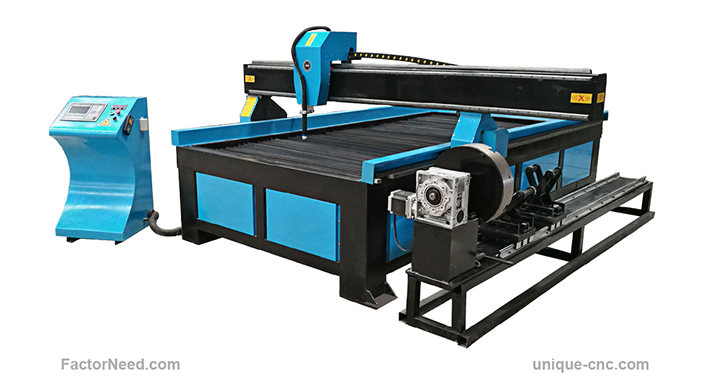
Reputable manufacturers of plasma cutting machines
Due to the many applications of plasma cutting machines in various industries, especially in the metal industry and sometimes using these machines as a suitable alternative to other welding machines, various companies around the world have started to manufacture these machines. Few, if any, countries in Europe, Asia and the Americas can now be found that do not manufacture these machines.
Plasma cutting machines are divided into four types in terms of automation structure:
Manual plasma machines
Portable plasma cutting machines
- Ability to cut geometric, non-geometric, and straight shapes with high quality
- Faster cutting speed compared with manual plasma cutting machines
- Reduction of human errors during cutting
- Cost-effectiveness
- Occupying less space compared with desktop plasma cutting machines
- CNC plasma cutting machines
CNC plasma cutting machines
These machines consist of three main parts, namely the torch, the generator, and the connecting cables. In this type of cutting process, the speed of the torch and its movement is guided and controlled by an operator. This type of machines are mostly used for workshops that do less serial work, or have long cutting processes or slightly geometrical cuts.
Miller Company: A manufacturer of plasma cutting machines in Germany
The company has managed to market a type of plasma cutting machine called Auto-line that can cover a voltage range from 190 to 630 volts. In simple terms, whether you have single-phase or three-phase electricity, or the current is 50 Hz or 60 Hz makes no difference for this type of machine.
Thanks to this special technology, increasing or decreasing the voltage will not have an effect on creating an electric arc, and there will be a uniform arc in the cutting process. If there is oscillation of the electric current in your workshop, it is recommended that you use Auto-line, because the instability of the electric current will damage plasma cutting machines and will have a negative effect on the cutting quality.
The environment of many factories and workshops is relatively polluted. This pollution includes particulate matter, which can be metal chips, dust mites and fine burrs. Due to the fact that the structure of plasma cutting machines is electrical, and that electronic components must be kept cool during operation, these pollutants enter the case by the suction of the fan on the back of the machine, settle on the electronic components, and play an insulating role for those components, which will greatly reduce the life of the machine. By installing a special tunnel system called wind tunnel technology, Miller Company has been able to direct the air that is drawn into the case in such a way so that pollutants do not sit on sensitive electronic components such as diodes, capacitors and transistors, and the air has only a cooling role.
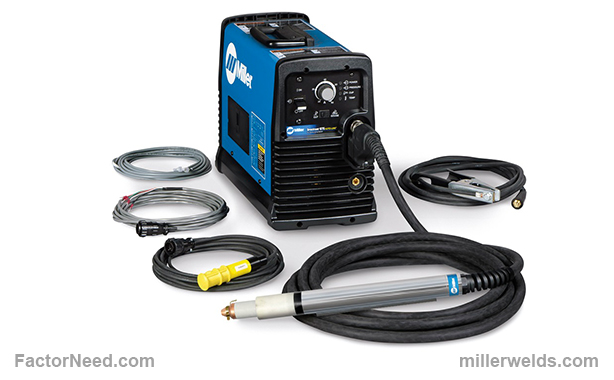
If we want to cut a relatively large number of sheets with the same specifications and design on a daily basis, it will no longer be cost-effective to use a manual plasma cutting machine. In this case, to create quality cuts and save time, it is smart to use a portable plasma cutting machine. The important advantages of this type of device are as follows:
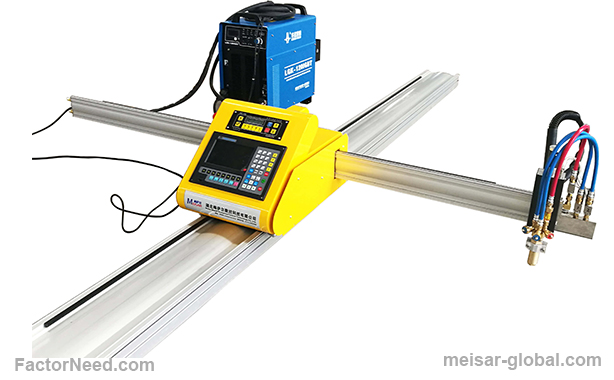
CNC plasma cutting machines are divided into different types, each of which has suction applications according to the production needs and the shape of the workpiece. Also, various forms of CNC plasma cutting machines are derived from the type of part or parts that are specially designed and manufactured. In the following articles, we will review examples of table and gate plasma cutting machines, and CNC profile and pipe cutting machines.
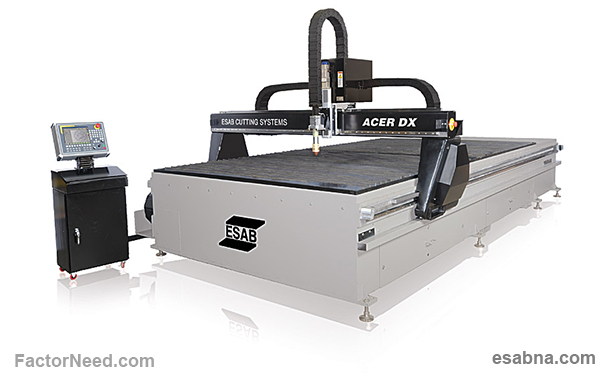
Advantages of CNC Plasma Cutting Machine
Excellent versatility in cutting a variety of sheets and relatively thin and thick metal thickness
Precise adjustment, high speed, and reduced production costs
Suitable for cutting all kinds of metals, especially carbon steels, stainless steels, aluminum, copper, and brass
Good productivity and performance in creating a variety of relatively complex and artistic shapes
Cutting accuracy due to the use of a numerical control system
Ability to store a variety of production programs for ease and reduce production time
The results obtained using a CNC plasma cutting machine are much better than the size of the cutting processes. If properly adjusted and programmed, it leaves no debris and chips.
Another benefit is increased safety due to automation. Because all the process and equipment is done automatically, the risks of cutting are reduced.
It is easy to use and train and reduces the cost of hiring a specialist operator
Disadvantages of CNC plasma cutting machine
Plasma cutting is typically suitable for thicknesses up to 20 mm
Noise is generated when cutting thick plates
If the thickness of the piece is more than 20 mm, the cross-sectional area tends to be V-shaped.
The purchase cost is higher than other plasma cutting machines
What factors influence the optimal purchase of a plasma cutting machine?
Today, the variety of cutting machines has increased so much that to buy them, you should seek help from experts in that field, otherwise the possibility of optimal purchase will be reduced. The consultant will announce his offer to you based on information and technical requirements, production capacity, cutting accuracy, facilities as well as the proposed budget.
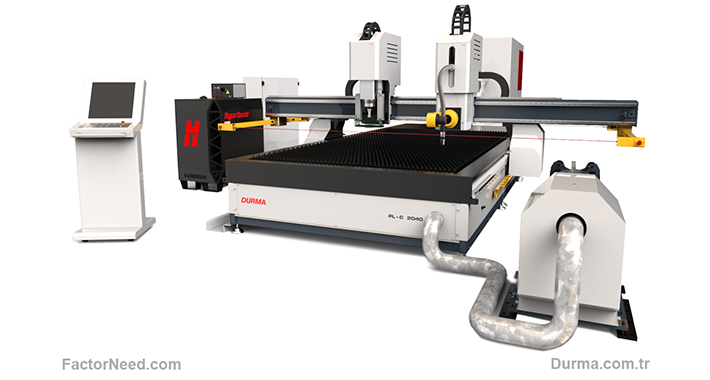
How to buy a plasma cutting machine to suit your needs?
Today, the variety of cutting machines has expanded so much that you should seek help from experts in this field should you want to purchase one; otherwise, you will be less likely to have an optimal purchase. These experts will offer a number of suggestions based on technical information and requirements, production capacity, cutting accuracy, options, as well as the proposed budget. In this section, an attempt has been made to mention some of the frequently asked questions that consultants ask buyers along with their answers:
- What material do you want to cut?
- What is the size and shape of your material and part?
- What is the amount of cutting in each work shift or per hour?
- What should be the desired cutting accuracy?
- Do you want to automate the cutting process?
- Do you have any restrictions on budgeting for the cutting machine?
The above are some of the questions that cutting experts ask while providing consultations. For example, if you want to cut sheets, you should know that plasma cutting has a very good ability to cut sheets from one millimeter to 4.5 mm thick, but in order to cut sheets with thicknesses higher than 4.5 mm, it is better to use gas cutting machines because the former will no longer be cost effective. Therefore, the thickness of the workpiece or sheet can be a restricting factor in your choice.
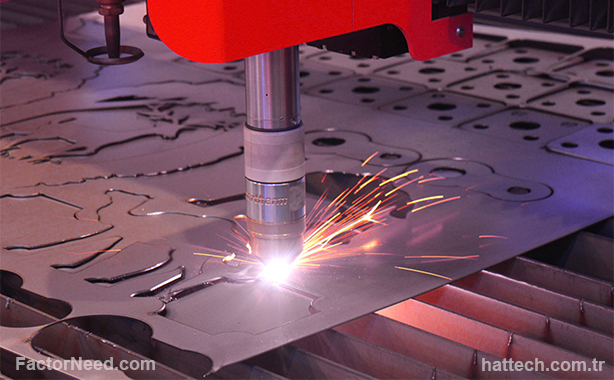
Cutting speed is one of the prominent advantages in plasma cutting machines; of course, as far as the thickness is in the same range of 1 to 4.5 mm. No cutting machines, including laser and gas cutting machines, can match plasma cutting in terms of cutting speed.
Sometimes the shape and form of the cut can affect the choice of a machine. If you are going to make a fairly large number of regular cuts on a sheet every day, a molding machine is probably a good option as long as factors like appearance and having pleats are not important to you. Otherwise, you may have to choose between a plasma cutting machine and a gas cutting machine based on your budget and work process. There are many other parameters that are not covered in this section. If you want to buy a cutting machine, you can contact FactorNeed consultants and get help from them.
It should be noted that with plasma cutting machines you can easily create the following cuts in parts such as pipes: T-shape cuts, saddle cuts, slot cuts, round cuts, rectangular cuts, and triangular cuts.
A manual plasma cutting machine consists of the following components:
- Torch
- The device
- Connecting cables
Torches of plasma machines are divided into two types:
Contact torches:
Non-contact torches:
As a well-known fact, there are two electric poles (positive and negative) in welding and cutting processes. Normally, for welding and cutting, one pole is attached to the workpiece and the other to the torch. In direct contact torches, whenever the torch is brought close to the workpiece or the sheet (which is connected to a negative pole), an electrical discharge occurs, which can bring about the welding or cutting depending on the type of machine. These types of torches are called direct plasma contact torches. The structure of this type of torches is simpler than that of non-contact torches and their consumable parts are cheaper than those of indirect torches. One of the disadvantages of this type of torch is that if the workpiece or sheet has impurities such as rust, oil, or paint, the cutting will not take place or the cutting quality will be poor. This is because there is an interface between the two connections. These types of torches are also known as high frequency torches.
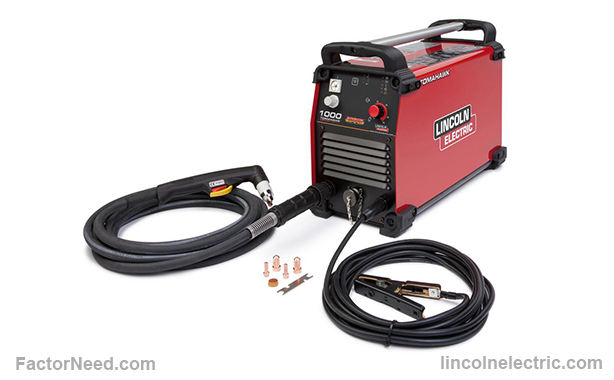
These types of torches are structurally different from contact torches because an extra wire (negative pole) is inserted into the torch and the initial combustion takes place within the torch. This type of torch is equipped with a trigger and whenever the trigger is pulled, electricity is discharged. Therefore, there is no longer a need to bring the torch close to the piece or sheet in order to light the torch. One of the important advantages of this type of torches is that in the process of cutting painted, rusty, or oily parts, the cutting process is done easily. Of course, another advantage of this type of torch is that it can be mounted on other devices such as robots and CNC machines, because this type of torch can start cutting or turning off by receiving command from PLC. Non-contact torches act like spark plugs inside a car cylinder. Upon starting these torches, an electrical discharge is created inside the cylinder filled with compressed gas. These types of torches are also known as pilot torches.
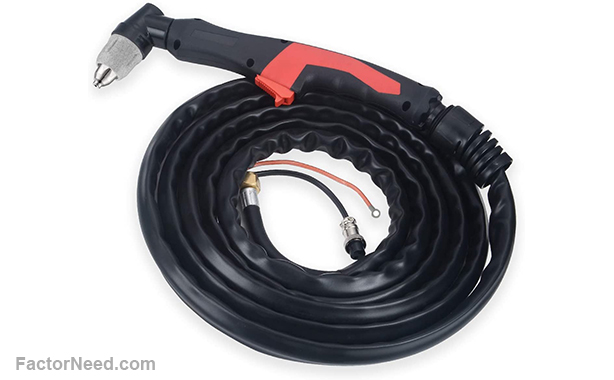
ESAB Company:
This company is one of the best manufacturers of welding and cutting machines. In this video, you can see the two processes of plasma cutting and gas-air cutting, which are performed by the company's CNC protable machine.





